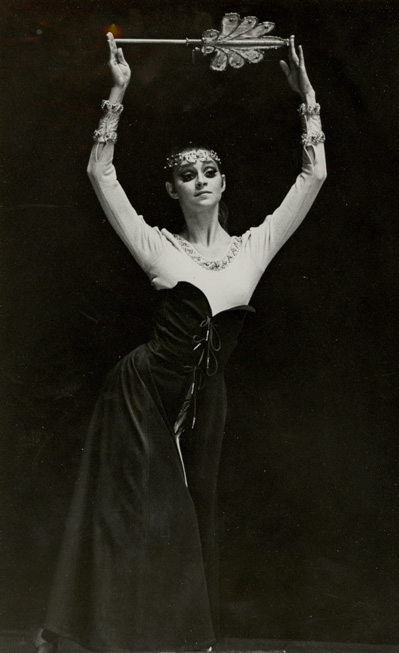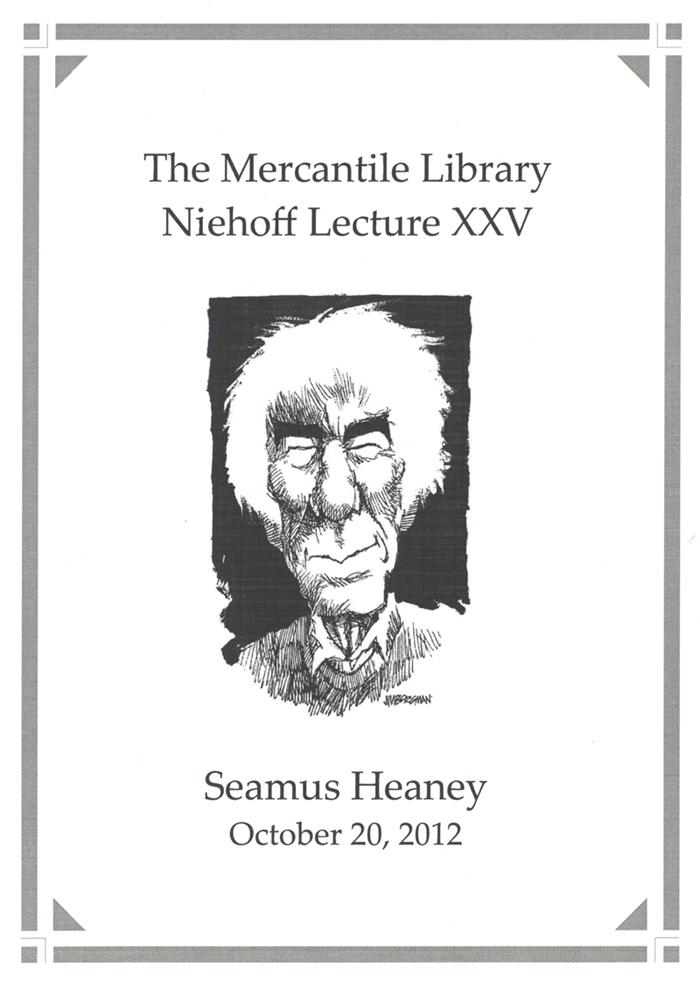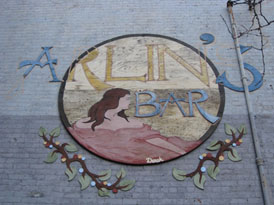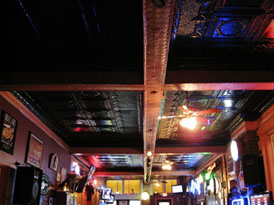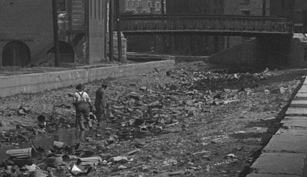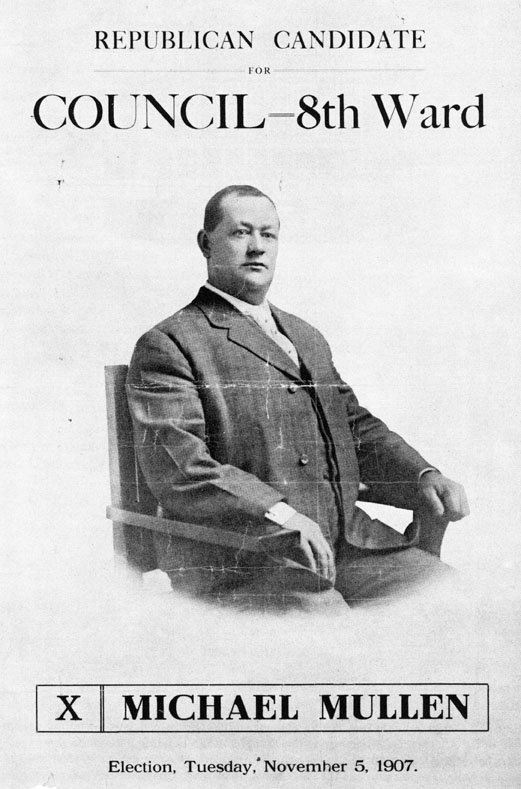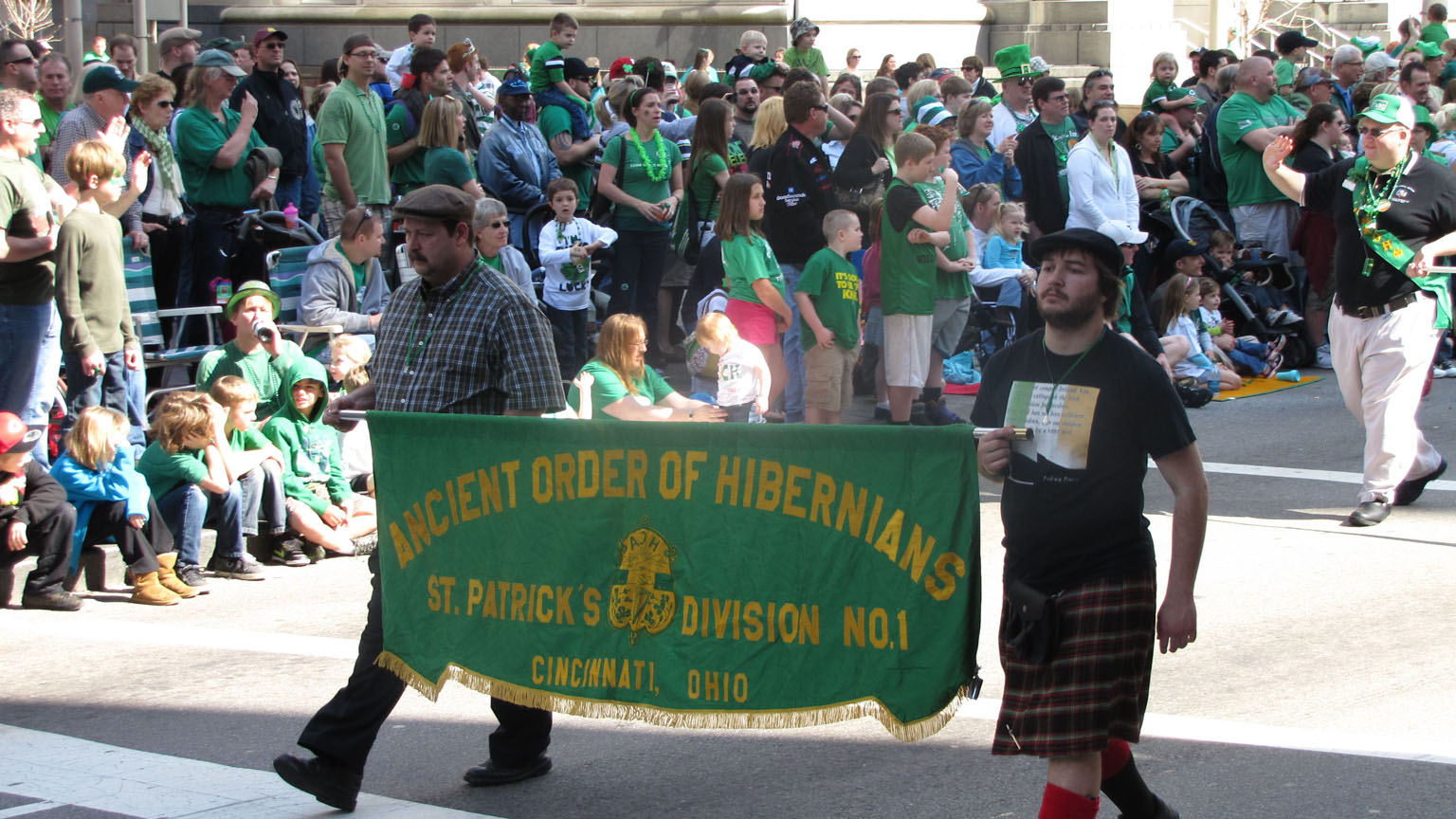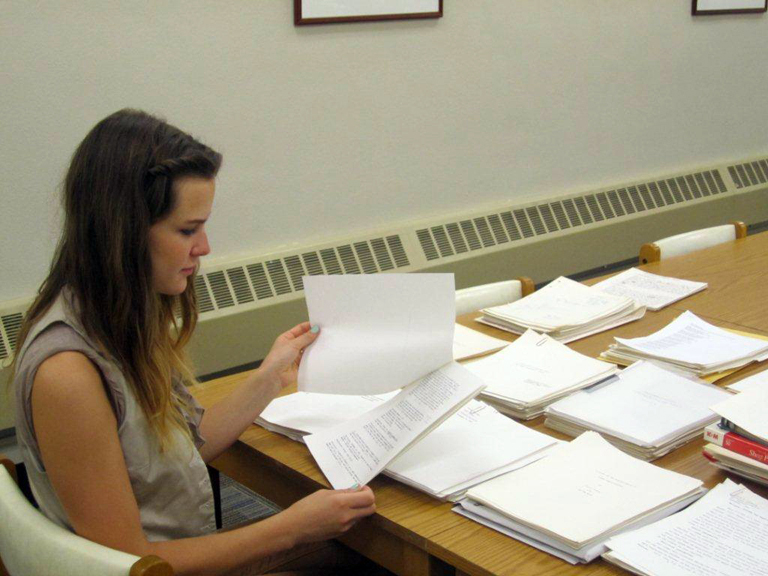By: Angela Vanderbilt
Digitally preserving eighty-year-old negatives and prints for online access requires clear guidelines and close attention to detail to ensure all information contained in the photographic records is captured. Such a project also requires careful organization of the physical collection so that all assets may be accounted for through each stage of the project. Finally, close inspection of the digital rendering is necessary to ensure the highest quality of scanned images is obtained and preserved for future use.
Due to the unstable nature of the negatives, safe handling of the physical material is a priority both during the organization phase of the project at the Archives & Rare Books Library, as well as during the scanning phase at Robin Imaging Services. Proper handling will not only protect the physical condition of the negatives and prints, but of those handling them, as well! While organizing the collection, I wear cotton gloves to avoid contact with the negatives and a filtered mask to avoid breathing in any fumes that the negatives may be putting off as they deteriorate. I also use a metal spatula to lift and separate each individual negative. This allows me to create an itemized list of each asset in a spreadsheet, which will be used to generate the metadata that is required to build the online collections. It will also give us a final tally on total number of negatives and prints contained in the collection. Continue reading


